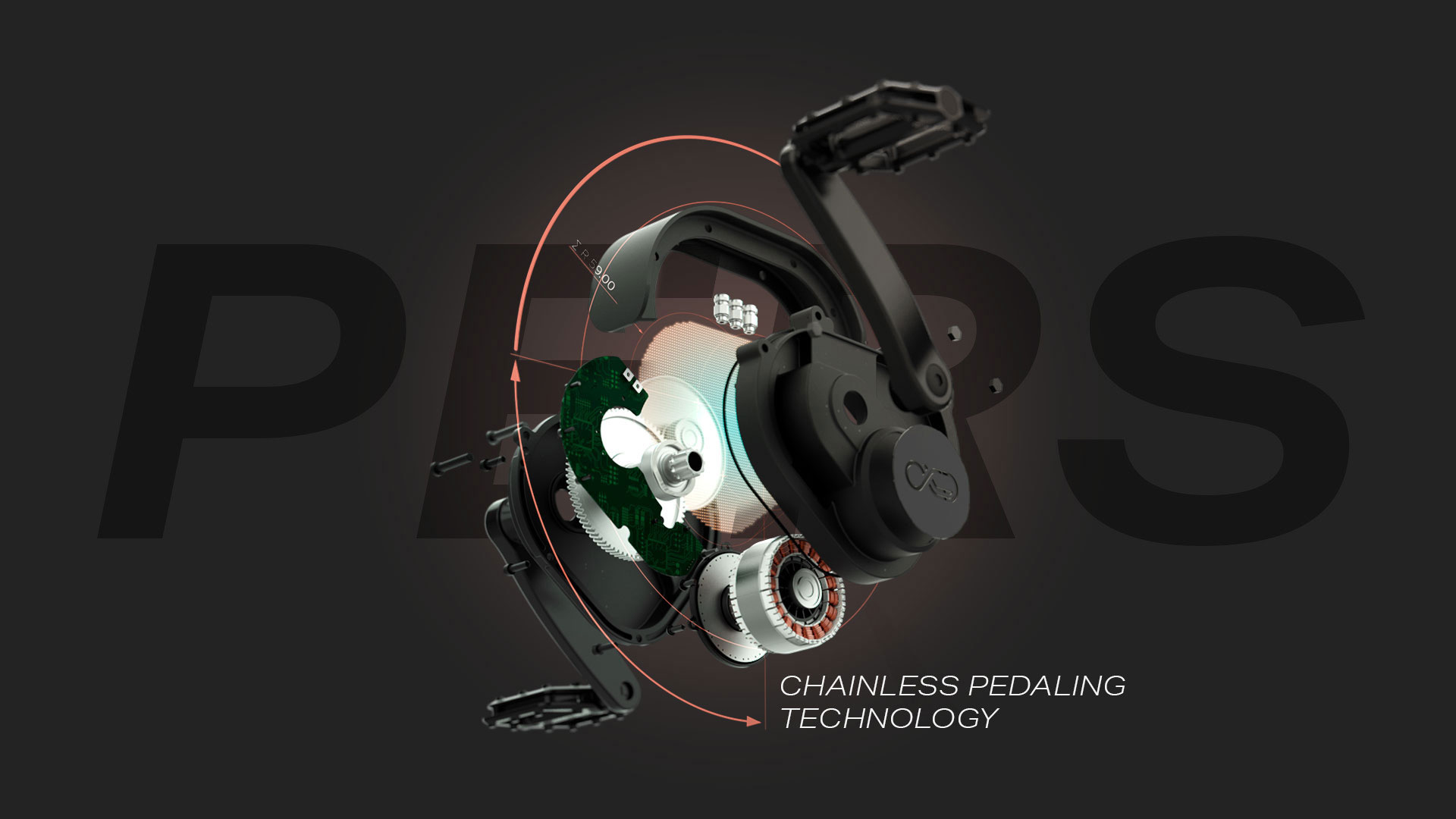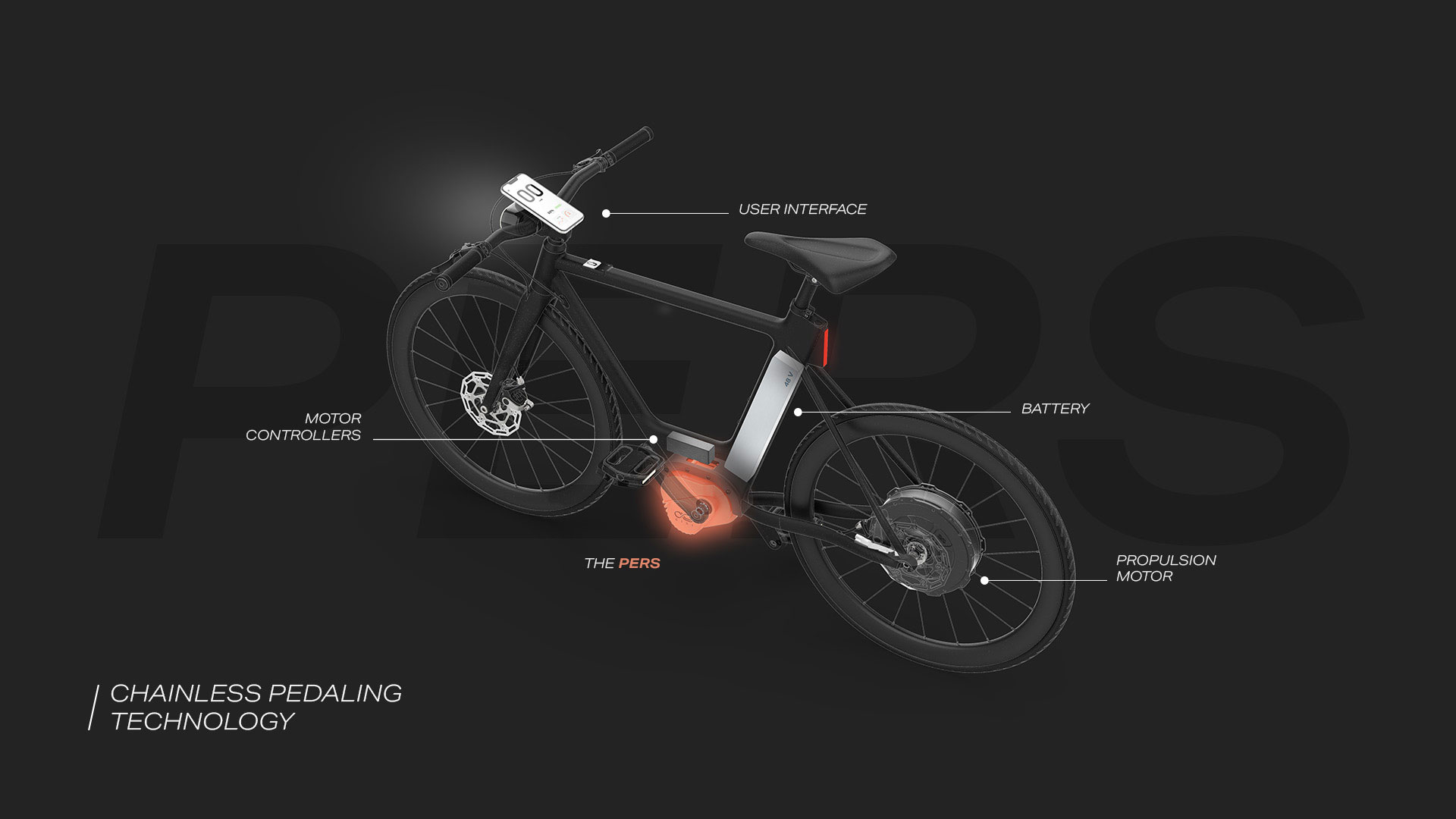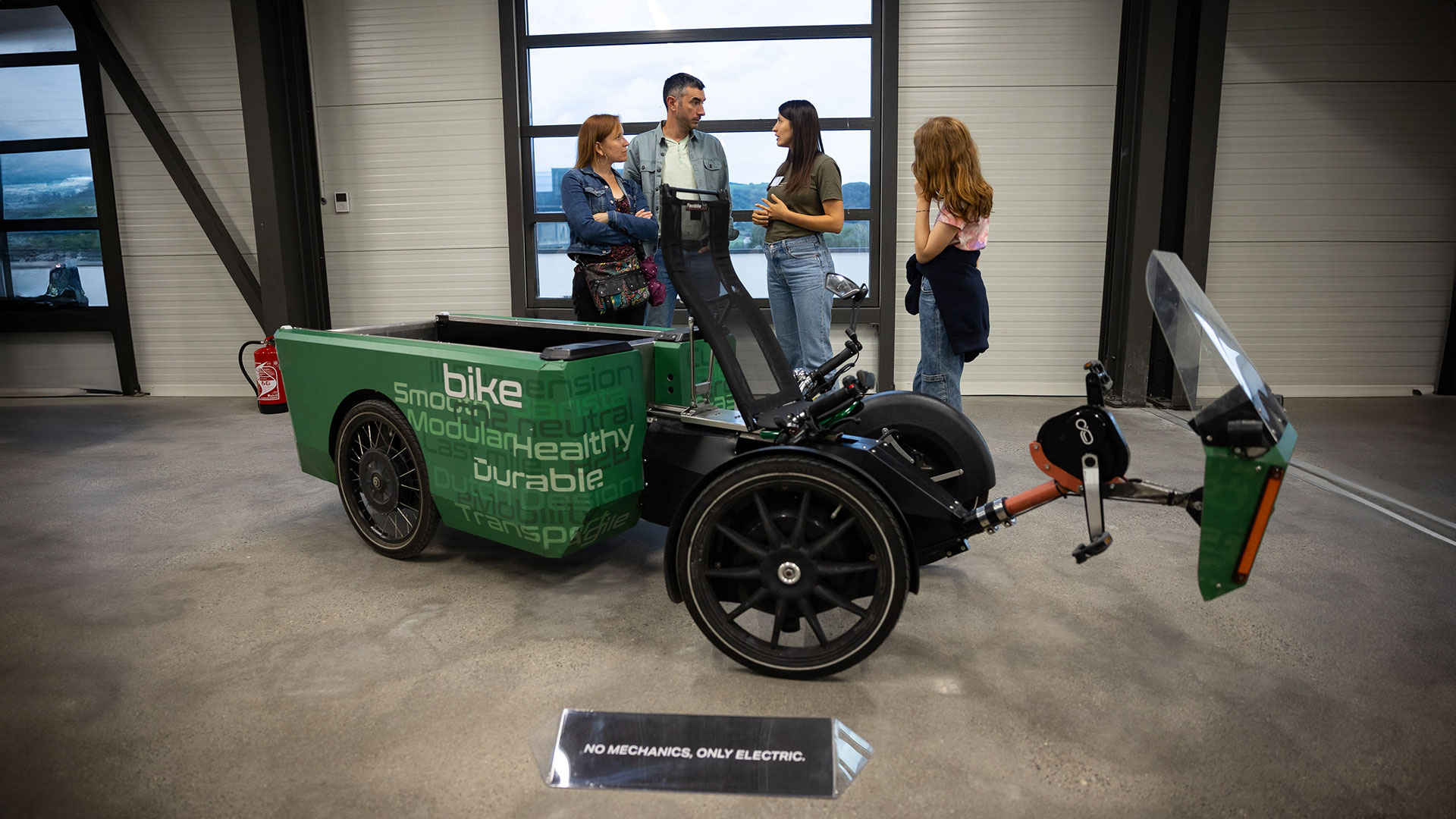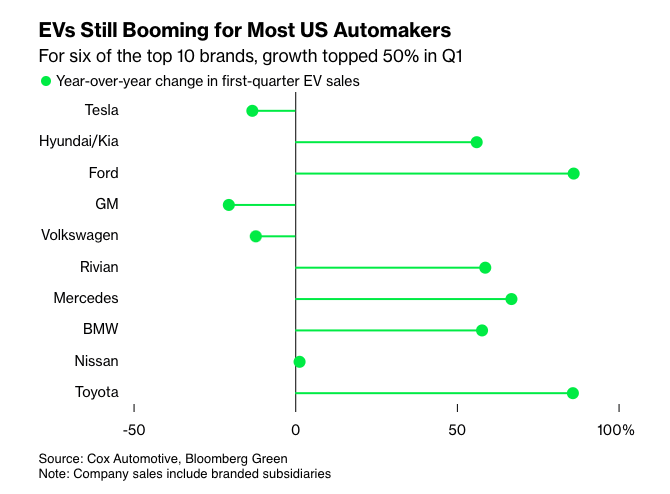Sign up for daily news updates from CleanTechnica on email. Or follow us on Google News!
The modern bicycle drivetrain has stayed fairly conventional over the years, with the design using a chain (or more recently a belt) delivering power from the crankset to the rear wheel as the bike is pedaled (or in rare cases, a shaft drive), and for the most part that hasn’t changed, even with electric bikes.
But a French company has developed a unique alternative for e-bikes, in which there is no chain or belt connecting the crankset to the rear wheel, but instead uses what is essentially a pedal-by-wire system. It’s not the only company pursuing this type of chainless system, as at least one other company, Schaeffler, has its “Free Drive” system that is used on Mocci Smart Pedal Vehicles, and it’s probably not going to be the last to work on “digital drive” e-bike systems.
Cixi, a French company which specializes in “green active mobility solutions,” has developed its own version of a chainless drivetrain, which it calls a Pedaling Energy Recovery System (PERS). The company has been working on a design for an enclosed 3-wheeled e-bike (“active mobility vehicle”) called Vigoz, which would also use the PERS for propulsion, and which is said to perhaps be ready for production in 2025.

While no hard and fast specs are available comparing a chain- or belt-driven e-bike to the PERS crankset, at first glance it seems hard to imagine that a person pedaling it could generate enough electricity to power the e-bike motor, but evidently the system is efficient enough to make it worth getting rid of the mechanical connection.
With the motor being powered by an on-board battery, and the PERS crankset generating electricity to recharge the battery on the fly, plus a regenerative braking feature that can also help charge the battery, this chainless system might be the future of e-bike drivetrains. However, without a mechanical connection, these types of pedal-by-wire systems do not have the ability to be directly pedaled when the battery is empty, and most likely do not produce enough electricity to power the motor alone on an empty battery.

However, there are some real-world integrations of this system into e-bikes and e-cargo bikes, and the feedback from those may inform other companies looking explore the PERS crankset. Cixi recently partnered with Look Cycle to build a concept e-bike that incorporates the PERS components, and the resulting bike, the LOOK x CIXI ROVER 45, was shown last year and *may* go into production in the next year or so.

“The ROVER 45 can reach a maximum assisted speed of 45 km/h, equipped with a 700 Wh battery life, a front and rear Pannier MIK compatible, it is ready to explore from casual commuting to utilitarian trips. CIXI’s chainless pedaling technology allows a reactive and intuitive speed control over the bicycle without gear shifting nor any concern about chain maintenance, while keeping a natural pedaling experience for the user. The rider can set their cadence, “lock” the system, and even share a digital key with someone else using the Active Pilot app. The pedaling environment was designed and developed with the user at the center of all and replicable in any other active vehicle, even one that can go up to 120 km/h.”
One application that seems tailor-made for PERS is on cargo bikes, especially the 3- and 4-wheeled versions, as getting rid of the chain drive system allows for a lot more flexibility in design, and with a pedal-by-wire system, having motors in each wheel for added power is easily possible.

The Dutch bike company Flevobike Technology equipped one of its GoLo cargo bikes with the PERS system, and displayed it last year at the International Cargo Bike Festival, so perhaps we’ll start to see more manufacturers considering the PERS for their cargo bikes and e-bikes in the near future. Cixi also has a developer kit and documentation for the PERS available for e-bike and other e-mobility companies to use for prototyping.
Have a tip for CleanTechnica? Want to advertise? Want to suggest a guest for our CleanTech Talk podcast? Contact us here.
Latest CleanTechnica TV Video
I don’t like paywalls. You don’t like paywalls. Who likes paywalls? Here at CleanTechnica, we implemented a limited paywall for a while, but it always felt wrong — and it was always tough to decide what we should put behind there. In theory, your most exclusive and best content goes behind a paywall. But then fewer people read it!! So, we’ve decided to completely nix paywalls here at CleanTechnica. But…
Thank you!
CleanTechnica uses affiliate links. See our policy here.




